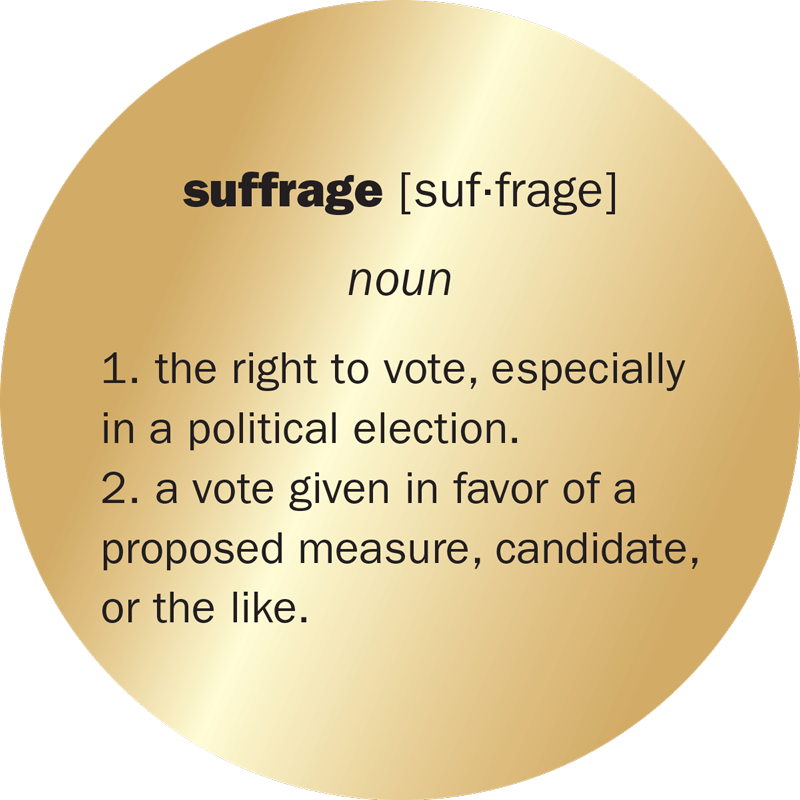Introduction
After a 50-year roller-coaster ride of short-lived victories and galling setbacks, the women of Washington finally won the right to vote— permanently—on November 8, 1910. Nearly 64 percent of the electorate approved the amendment, with all 39 counties favoring ratification. "The stunningly decisive victory… is widely credited with reinvigorating the national movement," Northwest suffrage historian Shanna Stevenson wrote. "When Washington joined her western sisters in 1910, it had been 14 years since a state had enacted irrevocable women's suffrage." National suffrage nevertheless would take another 10 years.
In the hundred years since ratification of the 19th Amendment, the cause of gender equality has made remarkable gains. Yet in the ramp-up to the celebration of the Suffrage Centennial, the National Women's History Museum has discovered that only 178 female historic figures are included in national K-12 social studies guidelines—or as Smithsonian magazine calculates, "one woman for every three men."
19TH AMENDMENT: DEMOCRACY FOR SOME, NOT ALL
As originally written, the U.S. Constitution did not address voting rights. In early U.S. history, states allowed only white male property owners to vote. Women were largely prohibited from voting, or disenfranchised, as were non-white men.

The property-owning requirement faded by the Civil War. In 1870, the 15th Amendment said states couldn’t deny voting rights to citizens because of race or color—although some states erected barriers such as poll taxes and literacy tests. But it was silent on women, who were still disenfranchised.
In 1920, the 19th Amendment cleared the way for most white and black women to vote. But there were exceptions. Until 1922, an American-born woman couldn’t vote if she was married to an immigrant (foreign-born and not yet naturalized, or a citizen). And even after 1922, she couldn't vote if she had married an Asian immigrant.
In 1924, Native American men and women were granted voting rights, although, again, some states created obstacles to exercising those rights.
But it would be several decades before prohibitions on Asian immigrants becoming citizens were removed. A 1943 law sponsored by Congressman Warren G. Magnuson of Washington allowed Chinese immigrants already residing in the U.S to become naturalized citizens with voting rights. Federal law three years later extended the opportunity for citizenship and voting rights to Filipino and Indian immigrants. And the federal McCarran-Walter Act did the same for Korean and Japanese immigrants in 1952.
